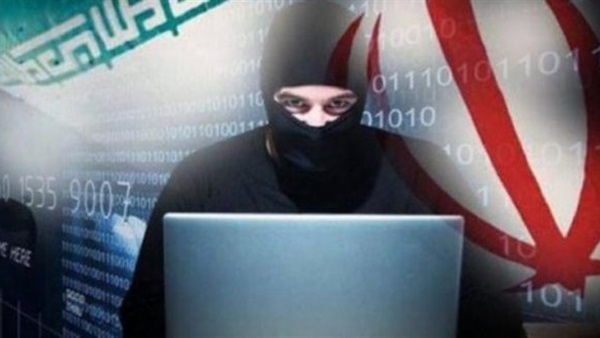Iranian cyber terrorism: Malicious behavior threatens world security

Iranian cyber terrorism represents a threat to world
security, as Tehran uses its cyber tools for espionage and sabotage in various
countries and has developed its offensive capabilities in this field, in
violation of international standards and threatening to international
stability.
US State Department spokeswoman Morgan Ortagus said in a
tweet that Iran has increasingly spread malicious behavior in cyberspace
against a variety of entities based in the United States.
Ortagus clarified on Saturday, September 26, that Tehran even
reached the point of spreading its malice against financial companies,
universities and the vital energy infrastructure on US soil.
Subversive Revolutionary Guard
The Iranian Revolutionary Guard Corps (IRGC) is often the
main force behind such cyber operations. It recruits hackers from outside the
government to carry out these operations and usually focuses on “soft” targets,
such as the most vulnerable commercial entities, vital infrastructure, and
non-governmental organizations.
Iranian cyber operations have also focused largely on Saudi
Arabia and other Gulf countries. In 2012, the Iranian regime launched an attack
on tens of thousands of computers used by Saudi Aramco. This led to
unemployment and hundreds of millions of dollars in losses.
The attack was repeated again in 2016 and 2017, which led to
the destruction of public databases, including those of the Saudi General
Authority of Civil Aviation (GACA) and the central bank.
Profuse history
The Iranian regime has a long history of targeting the cyber
sphere in the United States. In 2016, the Counterintelligence and Export
Control Section (CES) of the National Security Division (NSD) revealed that
between late 2011 and mid-2013, entities linked to the IRGC carried out
coordinated attacks to disrupt the services of the American financial sector.
This resulted in the temporary disruption of banks’ websites, preventing
customers from accessing their accounts online, and costing banks millions of
dollars in losses.
Despite the Iranian regime’s efforts to conceal its role in
these incidents, the US government has accused many Iranians and groups linked
to the IRGC of committing these crimes, according to a US State Department
report. In addition, in 2017, the US Treasury Department listed several Iranians
on the terrorist list for their participation in malicious online activity. The
decision confirmed that they were working for private computer security
companies affiliated with the IRGC.
In 2018, the US Attorney General’s Office for the Southern
District of New York revealed an indictment of nine individuals linked to the
Iranian Mabna Institute, accused of conducting a massive, coordinated cyber
attack between 2013-2017 on behalf of the IRGC. They targeted about 144
universities based in the United States and at least 176 other universities
located in 21 other countries.
Hackers have also successfully penetrated the computer
systems of US federal agencies, the United Nations, the United Nations
Children's Fund (UNICEF), and many American and foreign private sector
companies.
The indictment stated that the Mabna Institute stole more
than 31 terabytes of documents and data, in addition to intellectual property
and the contents of e-mails. This prompted the US Treasury Department to place
the institute and the individuals associated with it on the terrorist list.





